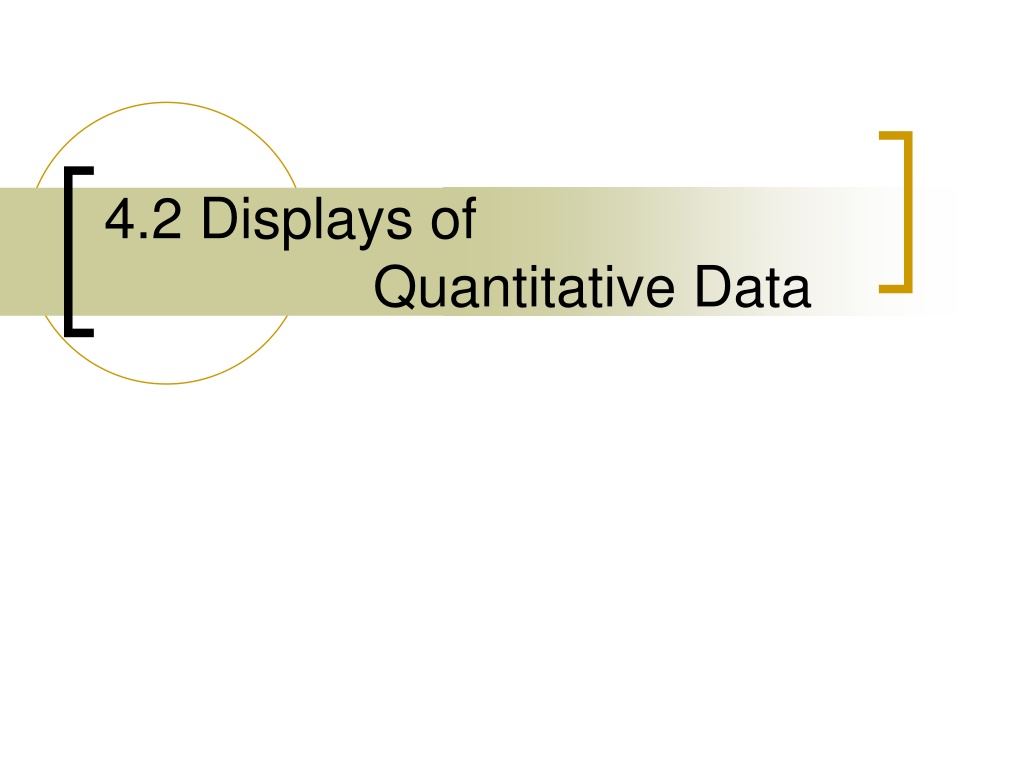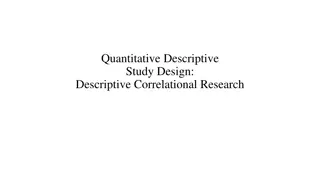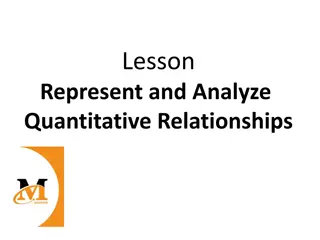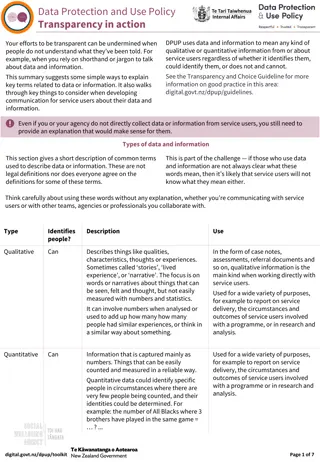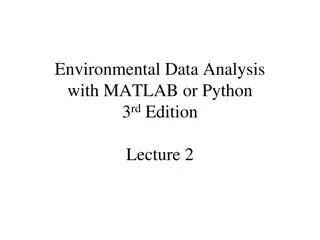Visualizing Quantitative Data Analysis
Explore various methods for displaying quantitative data analysis, including stem-and-leaf plots, box-and-whisker plots, dot plots, frequency tables, and histograms. Learn how to interpret these visual representations to gain insights into the distribution and characteristics of your data.
Uploaded on Sep 25, 2024 | 2 Views
Download Presentation

Please find below an Image/Link to download the presentation.
The content on the website is provided AS IS for your information and personal use only. It may not be sold, licensed, or shared on other websites without obtaining consent from the author.If you encounter any issues during the download, it is possible that the publisher has removed the file from their server.
You are allowed to download the files provided on this website for personal or commercial use, subject to the condition that they are used lawfully. All files are the property of their respective owners.
The content on the website is provided AS IS for your information and personal use only. It may not be sold, licensed, or shared on other websites without obtaining consent from the author.
E N D
Presentation Transcript
4.2 Displays of Quantitative Data
Stem and Leaf Plot A stem-and-leaf plot shows data arranged by place value. You can use a stem-and-leaf plot when you want to display data in an organized way that allows you to see each value.
Stem and Leaf Example Stem Leaf
The 5 Number Summary and the Box and Whisker plot (boxplot) The five number summary is the statistics used to create box and whisker plot. The five number summary consists of : Symbol MinX Q1 Name Minimum Quartile 1 Description Lowest data value in this sample 25% of our data is below this and 75% of our data is above this 50% of our data is below this and 50% of our data is above this 75% of our data is below this and 25% of our data is above this Highest data value in this sample Med Median Q3 Quartile 3 MaxX Maximum We compute these with the 1-var Stats
DOT PLOTS A data display in which each data item is shown as a dot above a number line In a dot plot a cluster shows where a group of data points fall. A gap is an interval where there are no data items. Is this data skewed left, symmetric or skewed right? How can you tell?
Graphing The Data Notice, the Box includes the lower quartile, median, and upper quartile. The Whiskers extend from the Box to the max and min. Minimum Quartile 3 Quartile 1 Median Maximum
Frequency Table A frequency table shows the number of pieces of data that fall within given intervals.
Frequency Tables Price $ Tally Frequency 1-25 4 Scale- includes the least value and greatest value 26-50 11 51-75 7 Interval- Separates the scale into equal parts 76-100 13
Histogram A histogram looks very similar to a bar graph. There are three important differences between a histogram and a bar graph. 1. On a Histogram, the bars will touch. 2. On a Histogram, we label the dividing lines between bars, not the bars themselves 3. Histograms are used for QUANTITATIVE data, while bar graphs are used for QUALITATIVE data.
Lung Volume Data Lung volume (litres) Frequency 2.5 2.9 2 3.0 3.4 5 3.5 3.9 8 4.0 4.4 11 4.5 4.9 9 5.0 5.4 4 5.5 5.9 1
Histogram of Lung Volume Data Lung Volume 12 10 Number of Patients 8 6 4 2 0 2 Lung Volume 2.5 3.0 3.5 4.0 4.5 5.0
